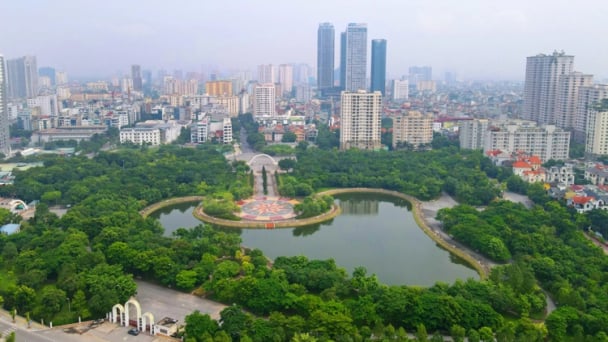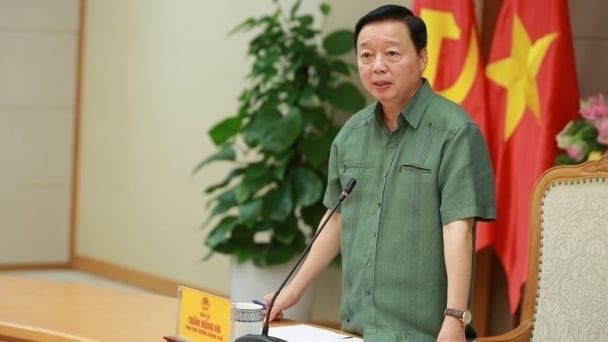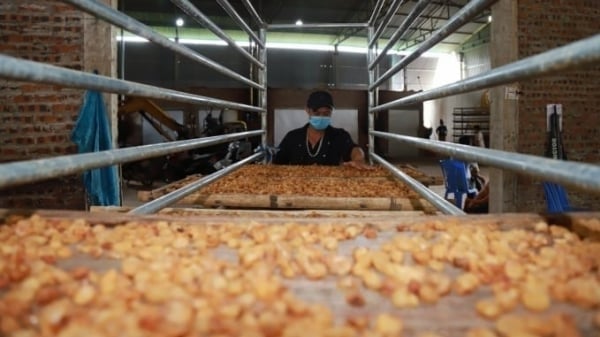May 21, 2025 | 05:34 GMT +7
May 21, 2025 | 05:34 GMT +7
Hotline: 0913.378.918
May 21, 2025 | 05:34 GMT +7
Hotline: 0913.378.918

The tasks are part of the Program on developing seed research and production to support the agriculture sector's reorganization between 2021 and 2030.
According to the draft, the state budget prioritizes the growth of national key plants and livestock production under the regulatory body's competence. Other plants and animals may be considered for assistance by the Ministry of Agriculture and Rural Development, other ministries, departments, and municipal governments, depending on the circumstances.
The state budget supports production at a pace commensurate with the rate of project implementation progress and within the scope of the State budget estimate authorized by the competent authority.
The draft clarifies that the state budget covers 100 percent of the costs associated with implementing projects aimed at developing national key seeds production that are administered and held by MARD, ministries, and departments in accordance with applicable economic and technical standards and documents approved by competent authorities.
Thus, the support covers the following: the acquisition of copyrights for new seeds from abroad; the import of broodstock to produce Fl hybrid seeds; the import of parent seeds for livestock and aquatic seeds that are not available in the country; the maintenance of hedge orchards, forest tree cultivars, and seed gardens to supply propagating materials to the units; and the import of seed production technology in accordance with the copyright transfer value.
Additionally, the central budget funds a portion of the costs associated with the administration and implementation of certain seed production development initiatives by MARD, ministries, and departments in the following areas:
To begin, the central budget partially funds costs associated with the production of the national important plant, animal, and aquatic seeds. In terms of culture, it covers up to 50% of the cost of domestic seed production; creation of super-primitive and parental seeds needed to create F1 hybrid seeds; and up to 30% of the cost of generating Fl hybrid seeds, which includes the cost of seedlings from leading orchards.
In the livestock sector, it contributes up to 10% of the cost of broodstock production. In the area of forestry, the budget covers up to 50% of the cost of original seed generation and 30% of the cost of tissue culture propagation of forest trees. It covers about 50% of the cost of broodstock production in aquaculture.
Translated by Samuel Pham

(VAN) Dong Thap farmers attained an average profit margin of 64% during the summer-autumn 2024 crop (first season), while An Giang and Kien Giang farmers followed with 56% and 54%, respectively.

(VAN) As a doctoral student doing research on renewable energy and electrification at Harvard University, the author shares his musings on electricity, nature, and countryside memories.

(VAN) The decree on Extended Producer Responsibility (EPR) ensures transparent management and disbursement of support funds, avoiding the creation of a “give-and-take” mechanism.

(VAN) Hue City rigorously enforces regulations regarding marine fishing and resource exploitation, with a particular emphasis on the monitoring of fishing vessels to prevent illegal, unreported, and unregulated (IUU) fishing.

(VAN) Hanoi People's Committee has issued a plan on reducing greenhouse gas emissions in the waste management sector with 2030 vision.

(VAN) Vietnam's draft amendment to Decree No. 156 proposes a mechanism for medicinal herb farming under forest canopies, linking economic development to population retention and the sustainable protection and development of forests.

(VAN) In reality, many craft village models combined with tourism in Son La have proven effective, bringing significant economic benefits to rural communities.